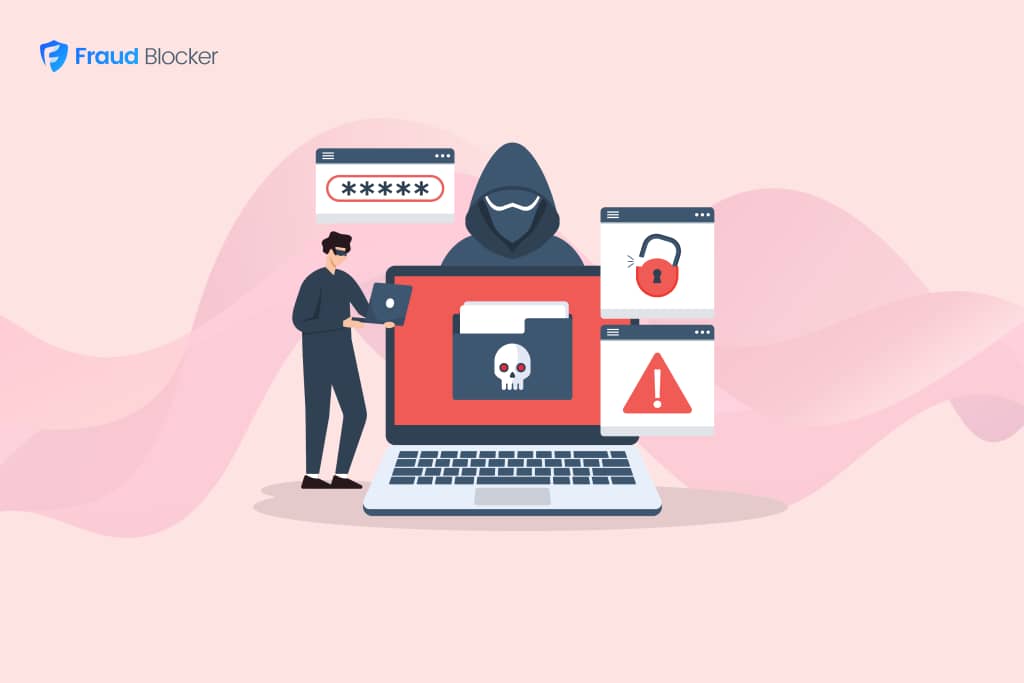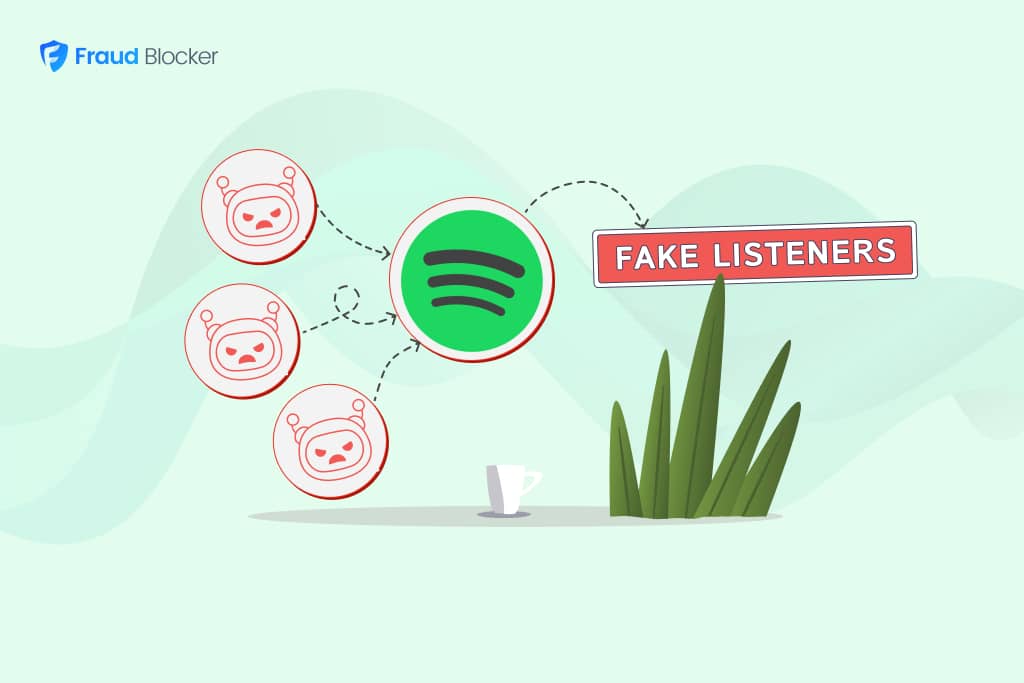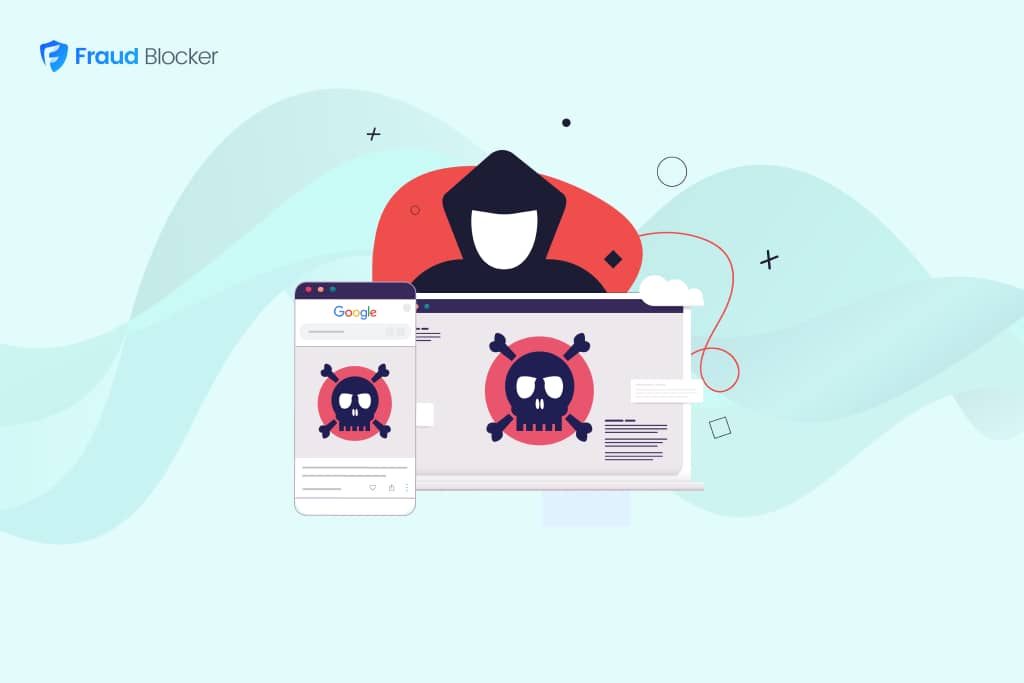
NEW New feature: Verify & block fake emails

We improve your ad performance by blocking click fraud and fake emails

Click fraud is costing advertisers billions in loses. Learn more here.

Click fraud is costing advertisers billions in loses. Learn more here.
Streaming farms are organized networks where people or automated bots repeatedly stream a song to inflate its play count. These activities aim to make a track appear more popular than it is.
Streaming farms can distort genuine popularity metrics across platforms like Spotify and Apple Music. Analysts estimate that up to 10% of all music streamed globally is fake, driven by such operations. This undermines fair competition and creates misleading perceptions of success in the music industry.
![]() Related Topic: Views on video platforms, such as YouTube, are also faked by bots. Learn more about buying fake views on YouTube.
Related Topic: Views on video platforms, such as YouTube, are also faked by bots. Learn more about buying fake views on YouTube.
Streaming farms create a huge problem for the integrity of music charts, playlists, and platform algorithms. They make it difficult to determine what’s truly popular, skewing both listener trends and industry expectations. Similar to a Bot Farm, these operations manipulate engagement metrics using automated systems designed to artificially inflate numbers.
For independent artists, this manipulation can unfairly create barriers because genuine engagement is often buried under artificially boosted songs. A second effect on independent artists is that there’s now less money in the steaming pool to pay artists with authentic listeners.
Platforms also lose credibility when fake streams overshadow real listeners’ preferences.
To summarize, the dangers of streaming farms are:
Yes, but it is not without risks.
Streaming farms can temporarily boost an artist’s play count, but the benefits are largely short-lived, especially if the artists get exposed for using farms.
The real goal for those using streaming farms is often more about boosting visibility—appearing in algorithm-driven playlists or catching the attention of influencers and industry professionals.
For producers and record labels, streaming farms are used to inflate stream counts artificially, boost a song’s chart position, increase revenue from royalties, and create a perception of popularity for their artists.
Yes, there are reports of artists who have made a profit with streaming farms.
Evidence shows that the profits are often low for many since streaming payouts are minimal. Add to this the fact that they usually have to pay these farms to stream their music – upwards of $1,500 for every 100,000 streams, according to the Black Market documentary on Vice TV – and it’s clear that there’s little financial gain.
However, some artists claim to make a huge profit from streaming farms. An example is Chad Focus, who revealed in a YouTube video how he makes up to $70,000 a month using streaming farms to generate over 600,000 streams per day across 200 records on Spotify.
Without concrete evidence, It’s difficult to tell which artists have hardcore fans who play their songs dozens of times a day and which ones are working with streaming farms.
But based on reports, here are some artists with streaming numbers that have been considered suspicious in the past:
A 2021 piece by Rolling Stone reports that G-Eazy’s team worked with The Blueprint Group, a management and distribution company, to “jack up” the artist’s streams for a price.
In 2020, French Montana was accused of faking the Spotify streams of the single ‘Writing on the Wall’ with Cardi B and Post Malone by fans on Twitter. The artist denied the accusation.
In 2018, streaming service Tidal was accused of faking hundreds of millions of streams for albums ‘The Life of Pablo’ and ‘Lemonade,’ by Kanye West and Beyonce. During the investigation, Norwegian newspaper Dagens Næringsliv found evidence of users that streamed the albums a surprising amount, indicating that the numbers were at least suspicious.
Read more: Which streamers use Twitch view bots to pump their numbers?
In this example, you can see monthly listeners spikes occur long after a new song is released. In addition to irregular follower activity, it’s clear this artist is using fake streams to boost their appeal.
Here’s a few tools you can use (no relation to Fraud Blocker):
If you notice that a playlist gives your song the exact same number of listeners and streams, it’s a strong indicator that the playlist is fake. In organic playlists, streams usually outnumber listeners because people tend to play songs multiple times. Having an identical count for both is nearly impossible.
For example, in the image below, you can see the ratio of listeners to streams is 89%, which is abnormally high and likely fake:
Imagine a playlist with thousands of followers, and every single one listens to your track in just one day. This scenario is unrealistic and another sign of a fake playlist. Organic engagement doesn’t work like this.
Be cautious of playlists or services that promise “guaranteed streams.” A song’s performance depends on many factors, and no legitimate service can ensure a specific number of streams. If Spotify detects fake streams or followers, your account could be banned, jeopardizing your chance to be featured on organic playlists or even in search results.
Avoid playlist curators with questionable followers—those without profile pictures or real names. These are likely fake followers, which suggests the playlist’s activity might also be fake.
Playlists with real activity will appear in the ‘Discovered On’ section of the artist’s profile. As an artist, you should always check if the playlist shows up in the ‘Discovered On’ section for the top artists featured on that playlist. If it doesn’t appear there, it’s not necessarily fake, but it’s probably not going to help you grow either.
These are just a few major red flags to watch out for when dealing with music marketing companies or playlist curators online. The tools we listed above can help you analyze playlist activity, including follower growth and song placements.
Yes, streaming farms are illegal, and operators face severe penalties, as seen in a 2023 case where a man in Denmark received 18 months in prison for running a streaming farm.
According to Wired, the man received ($290,000) in royalties on platforms like Spotify and Apple Music for using a streaming farm to stream his own music.
Artists, while less likely to face criminal charges, still risk platform bans and removal of their songs if caught.
Streaming platforms are actively combating the rise of streaming farms by implementing advanced algorithms and machine learning to identify and block fake streams. These systems monitor suspicious patterns, including repeated plays from unusual IP addresses or abnormally fast playbacks.
According to Spotify’s guidelines, artists caught using streaming farms can:
Spotify also plans to charge distributors whenever they discover a high level of artificial streams.
Streaming farms are part of a larger problem – fraud and bots are everywhere on the web, including listening to music, boosting YouTube views, and clicking on your ads.
That’s why Fraud Blocker was created.
Fraud Blocker can stop bots, accidental clicks, competitors and more from clicking your ads and wasting your ad budget.
Try a 7-day free trail with Fraud Blocker and improve your ad performance today.

ABOUT THE AUTHOR
Matthew Iyiola
Matthew is the resident content marketing expert at Fraud Blocker with several years of experience writing about ad fraud. When he’s not producing killer content, you can find him working out or walking his dogs.


